Improving Customer Service
Since 2011, Metro has made great 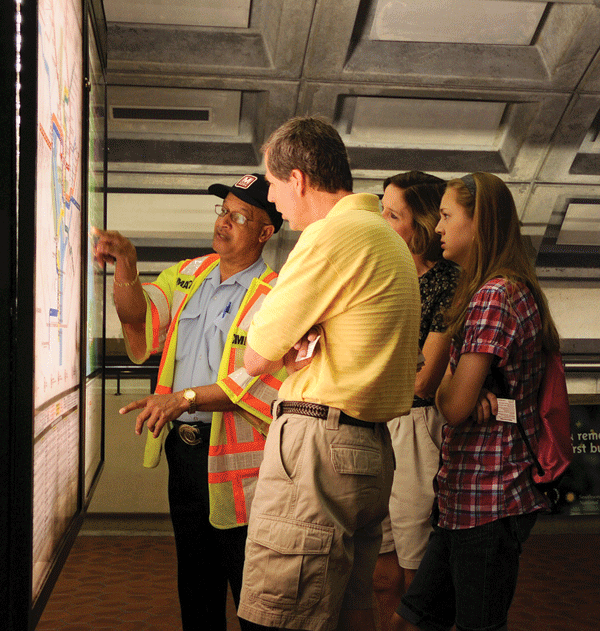 strides to improve customer service through the Customer Service Action Plan. As a starting point, to determine customer priorities, Metro conducted customer and employee research to define good customer service and to identify customer priorities. With the information gathered from its customers and frontline employees, Metro identified the areas needing improvement in the respective departments and then put together individual corrective work plans. Through the Customer Service Action Plan, Metro has accomplished the following:
strides to improve customer service through the Customer Service Action Plan. As a starting point, to determine customer priorities, Metro conducted customer and employee research to define good customer service and to identify customer priorities. With the information gathered from its customers and frontline employees, Metro identified the areas needing improvement in the respective departments and then put together individual corrective work plans. Through the Customer Service Action Plan, Metro has accomplished the following:
- Developed new customer service training programs and trained over 2,000 employees;
- Replaced and/or rehabilitated 28 escalators in 2012;
- Introduced new and improved bus maps;
- Assigned over 30 more police officers to improve bus security;
- Developed and launched a trip planning and information site designed for mobile devices;
- Installed digital flat screens in all stations to improve customer information;
- Deployed MetroAlerts so customers have access to real-time detour and disruption information;
- Installed over 2,600 static stop signs to enhance service information at bus stops;
- Enhanced MetroAccess’ on-time performance standards in response to customer survey feedback;
- Installed SmarTrip dispensers in all stations; and
- Implemented the Better Bus program to improve service.

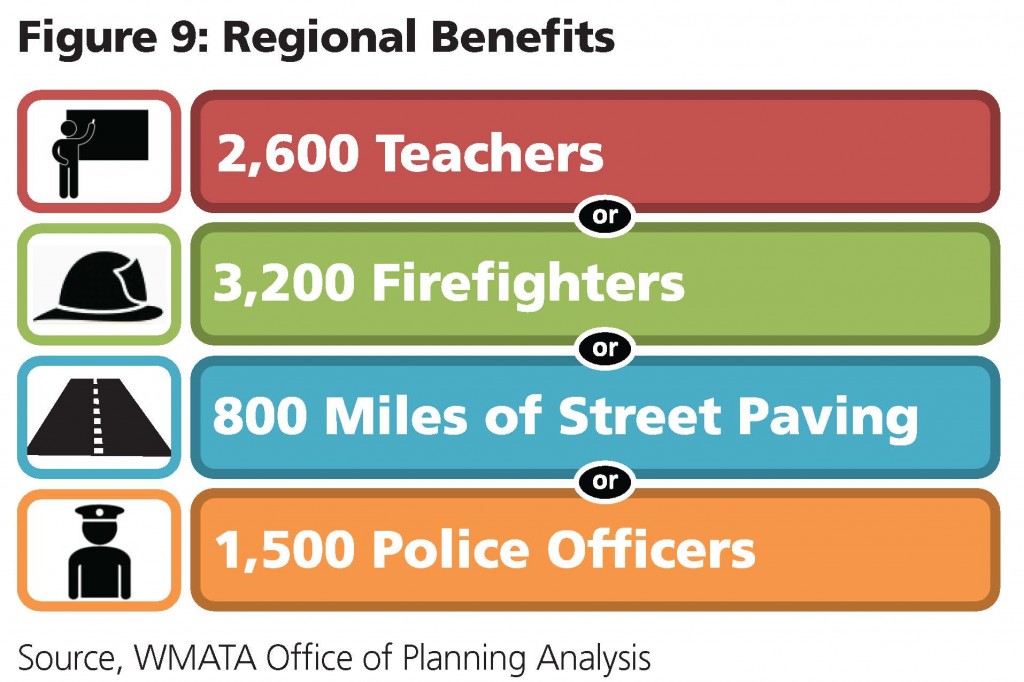
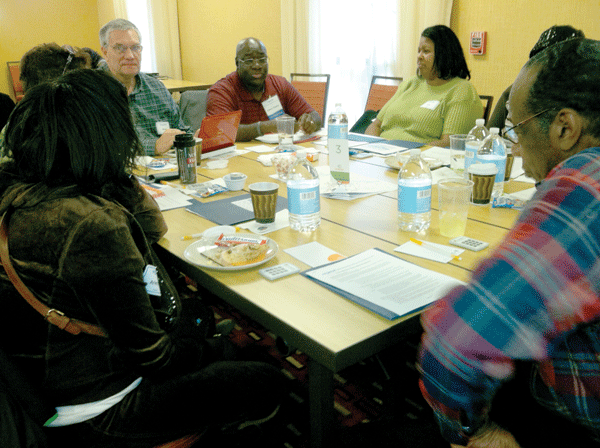
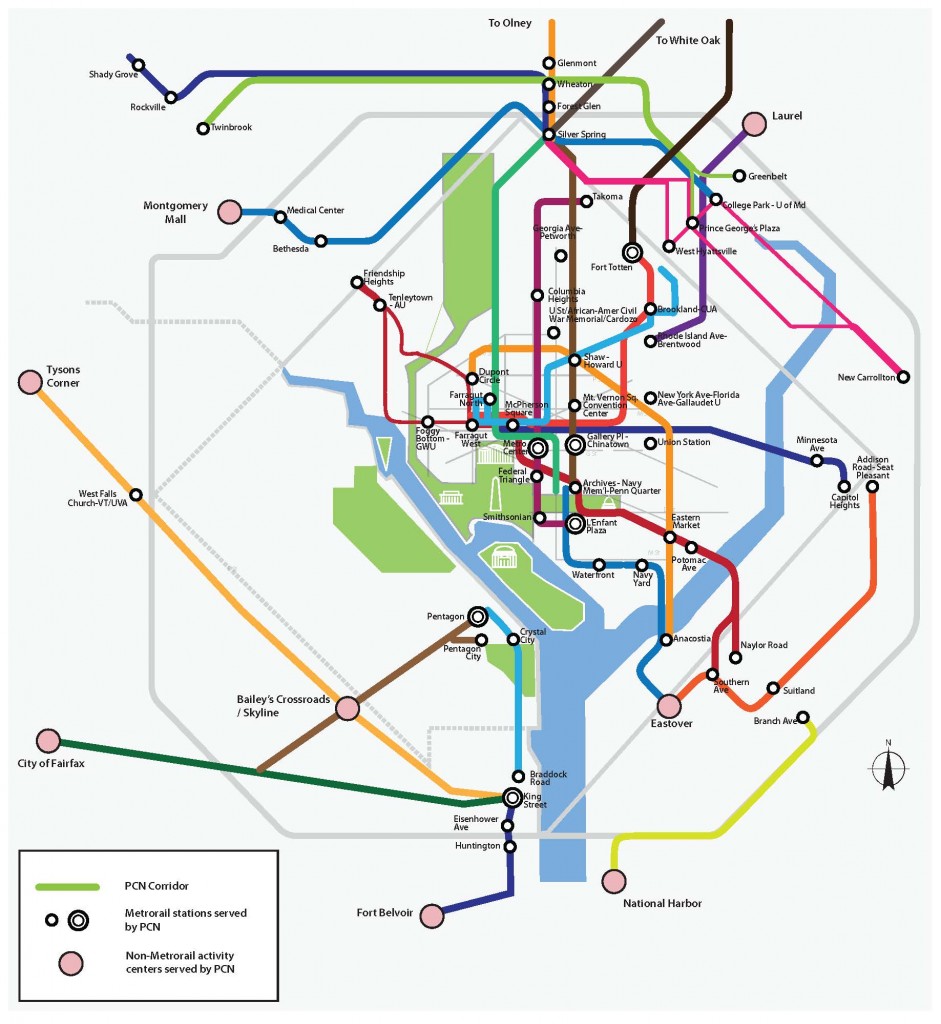
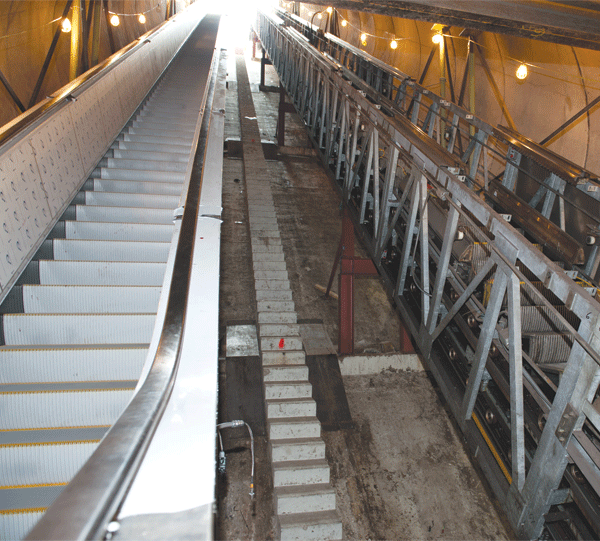
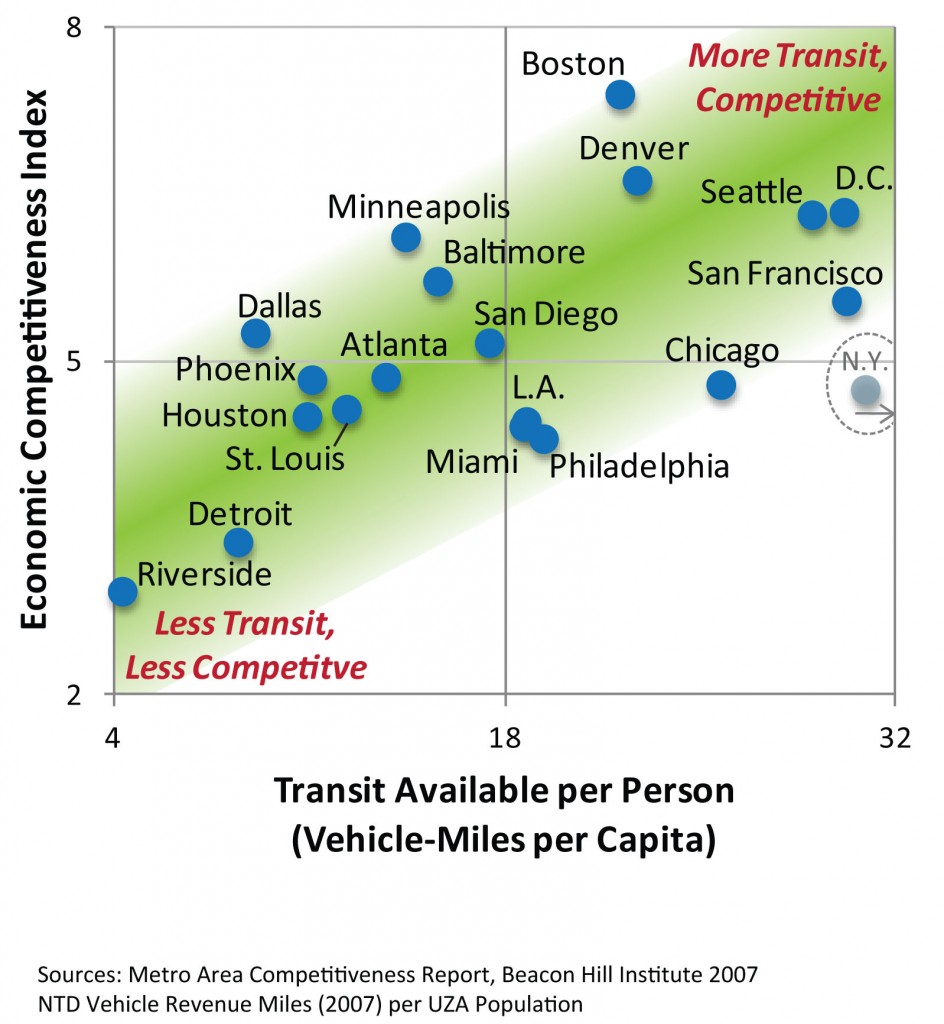
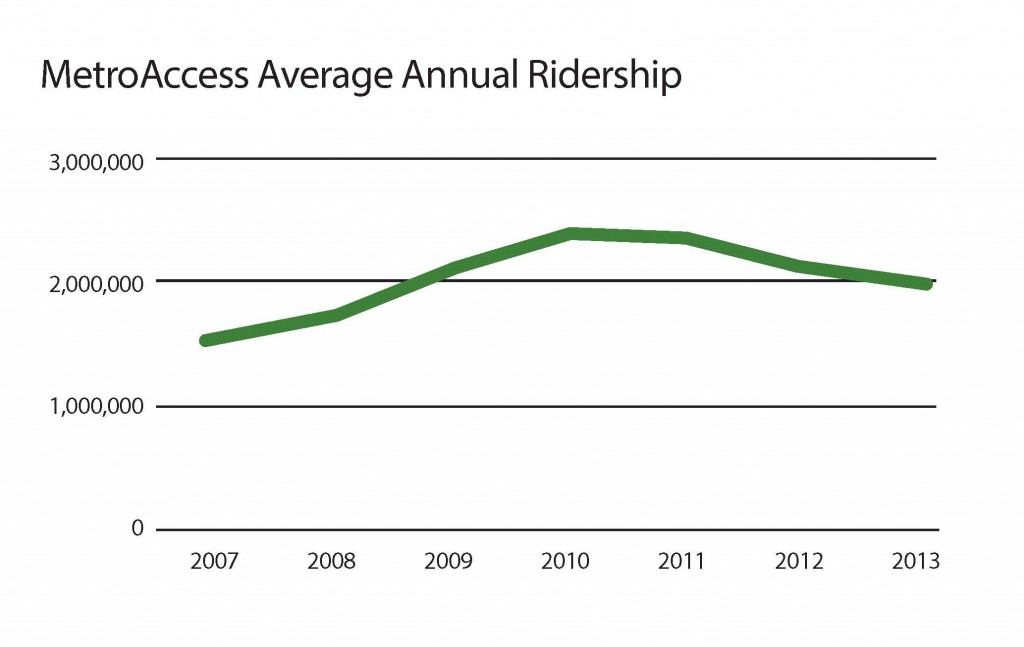
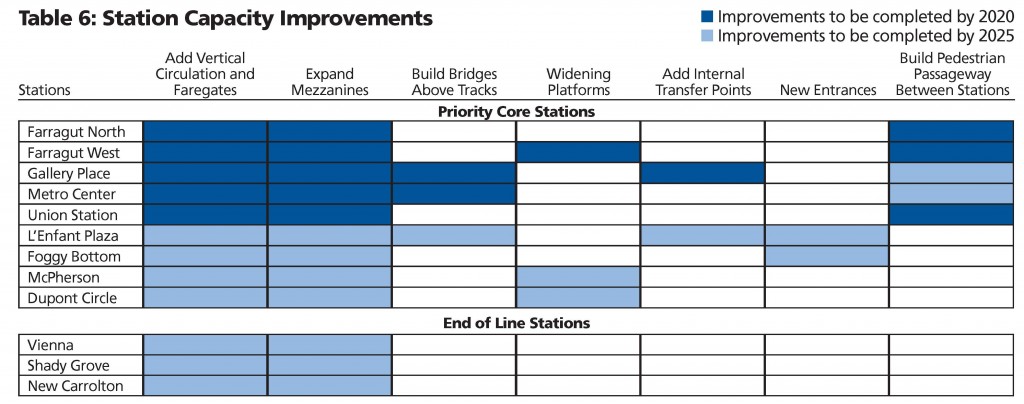
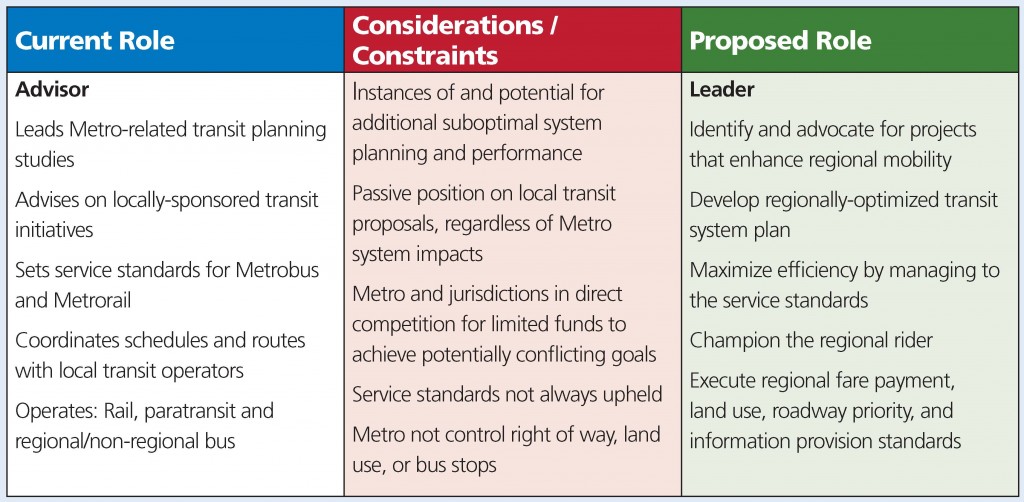

Recent Comments